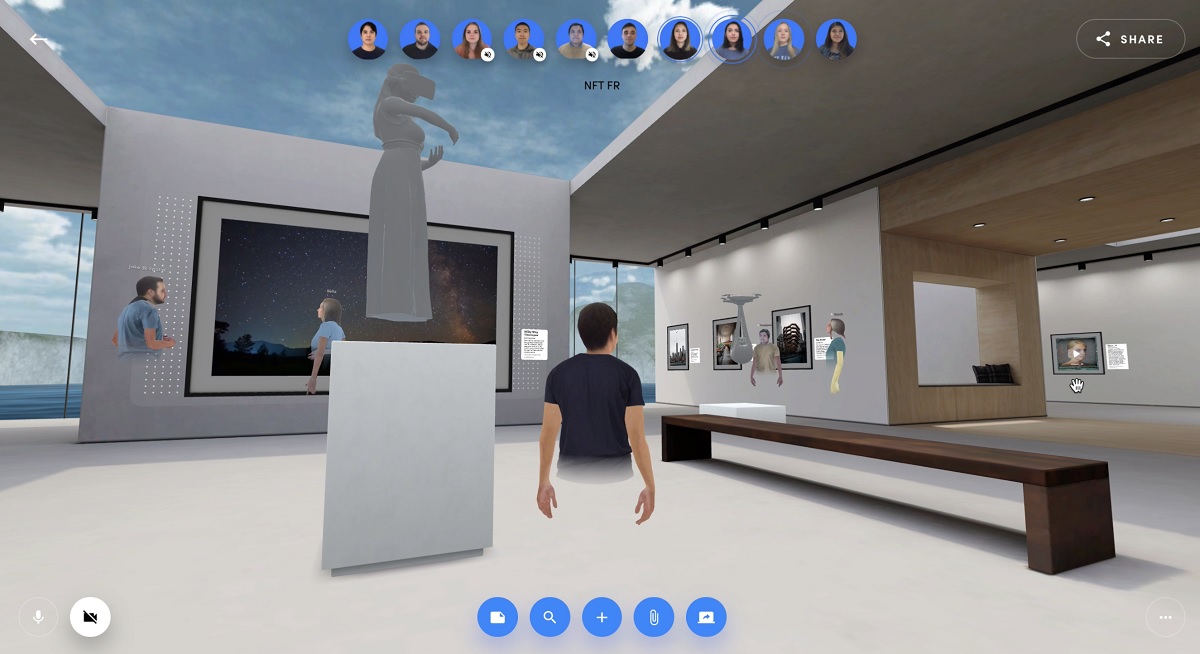Last year, Spatial unveiled its social augmented reality workspace on mobile devices, enabling people to log into its 3D experience in a way that makes the virtual workplace more accessible. And now it is making its 3D collaborative space available via web browsers. The company is also showing off galleries where it can display art with nonfungible tokens (NFTs).
The New York company has created a virtual reality and augmented reality collaboration platform that lets people access a three-dimensional workspace from any device, whether it’s an Oculus Quest 2 VR headset or a smartphone or a computer with a web browser.

Unlock premium content and VIP community perks with GB M A X!
Join now to enjoy our free and premium membership perks.
![]()

![]()